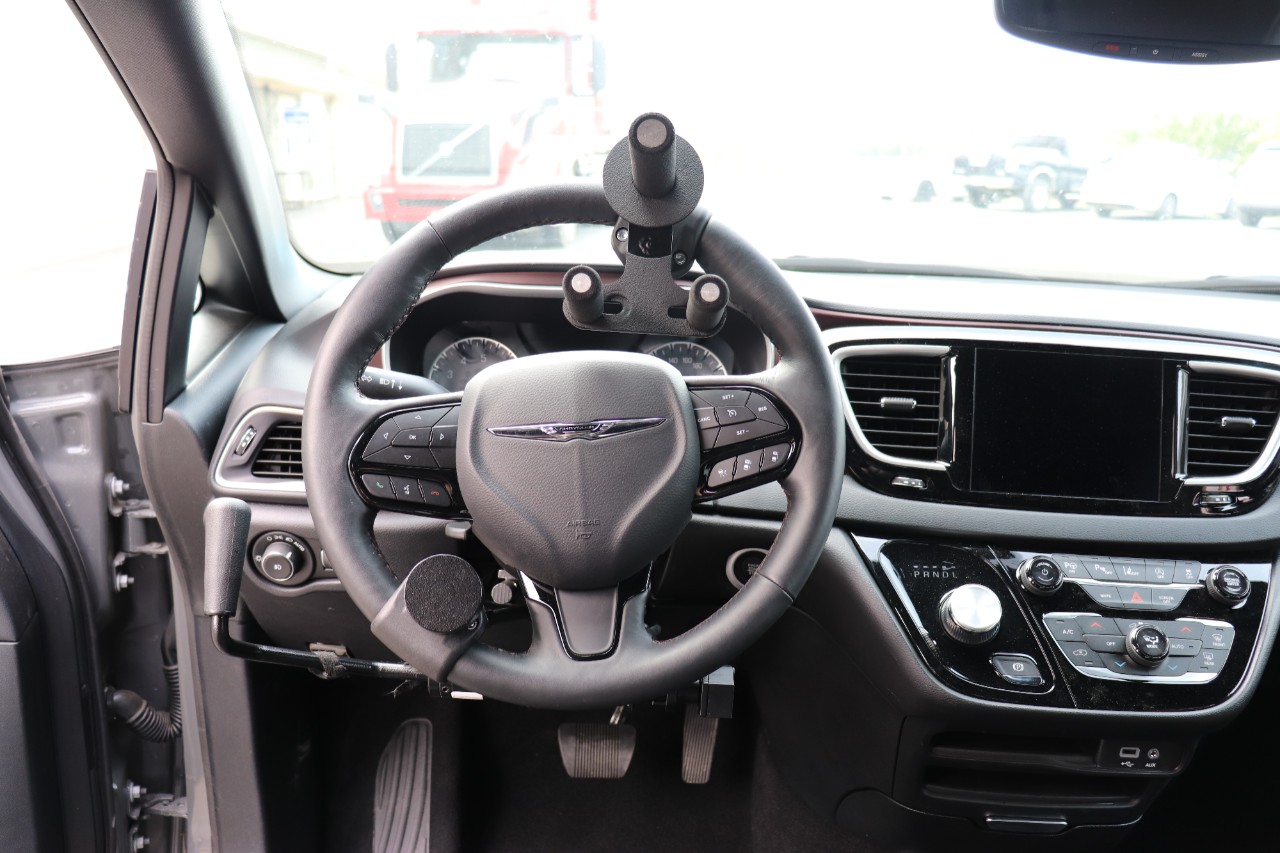
Driving Aids and Electronic Hand Controls for Disabled Drivers
Driving aids and electronic hand controls provide a great deal of independence, freedom and mobility to individuals who are unable to operate a vehicle in the traditional way.
For disabled and elderly drivers, the installation of driving aids and electronic hand controls can help ensure a safe and comfortable driving experience. These devices are designed to help drivers with physical disabilities and impairments, as well as those who have difficulty reaching and operating the pedals while driving.
The installation of electronic hand controls can reduce the physical strain placed on a disabled driver's body, as it eliminates the need to press down on the pedals. This can be especially beneficial for those with limited mobility who are unable to reach the pedals. Electronic hand controls can also help drivers maintain a safe driving speed by allowing them to easily control the speed of the vehicle without having to press down on the accelerator.
In addition, driving aids can improve the safety of a disabled driver's journey. Many of these devices are equipped with sensors that detect potential obstacles in the road, such as potholes, debris, and other vehicles. The sensors can trigger a warning signal to alert the driver of potential danger, allowing them to take action and avoid a collision.
Overall, driving aids and hand controls provide disabled drivers with greater levels of freedom, independence, and safety. They can help disabled drivers maintain a safe driving experience and provide greater control over the vehicle.
Types of Hand Controls for Disabled Drivers
Hand controls allow you to operate both the gas and brake pedals using levers that are mounted below the steering wheel and attached to the pedals themselves. There are many types of hand controls, which is why it’s important to speak to a Mobility Specialist to find which best suits your needs. Here are a few types to get you started:
Push/rock style: This control allows you to apply the accelerator and brakes by hand. When the handle is rocked back, the vehicle will accelerate, and when it is pushed forward, the car will brake. The push/rock style is ideal for drivers with no finger dexterity.
Push/right angle style: If you have limited finger dexterity, the push/right angle style may be the best option for you. This method allows you to push the handle upward toward the instrument panel to brake and downward at a right angle to accelerate.
Push/pull style: The push/pull style can also be used for drivers with limited finger dexterity. By pushing the lever forward, the vehicle’s brakes will engage. When the lever is pulled backward, the car will accelerate. Additionally, a three-post hand interface can be installed to offer you greater control.
Push/rotate style: For drivers with full or limited finger function and limited vehicle space, the push/rotate style may be recommended. To accelerate the van, simply twist the lever. The driver must push the handle forward to cause the vehicle to brake.
Keep in mind, hand controls can only be installed in vehicles with an automatic transmission. They must also have power steering and brakes. Reach out to a Mobility Specialist to determine if your current van is eligible for hand controls.
Are Electronic Driving Aids Right for Me?
One-touch electronic driving aids have significantly enhanced the driving experience for those who are severely disabled. Quadriplegic people and people who can move no more than two extremities can safely operate a wheelchair van equipped with electronic driving aids. From steering controls and turn signals to gas, brakes and windows, essential vehicle operating features can be tailored to fit your needs.
Electronic driving aids can be any number of devices that are specifically designed to get you behind the wheel with full functionality. These devices utilize an interface that’s integrated into the electronic system of the vehicle and offers two types of controls to help you operate the car. Primary controls govern movement and direction (i.e. brakes, gas, and steering) while the secondary controls are designed to operate all other vehicle functions.
At United Access, we offer a full line of electronic driving aids to get you back in the driver’s seat. Our mobility technicians are specially trained to work on a variety of mobility equipment, including hand controls and other mobility products.
If you are ready to find electronic hand controls for disabled drivers, reach out to your local United Access dealer. Our team of Mobility Specialists is available in all 50 of our locations across the country and ready to help you find the perfect driving aid for your vehicle.
Connect with Us
Sign up to receive our newsletter to stay up to date on the latest United Access news, events, and products.